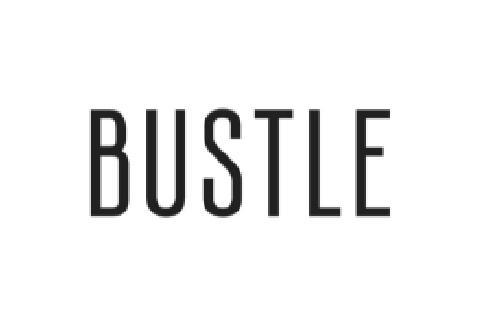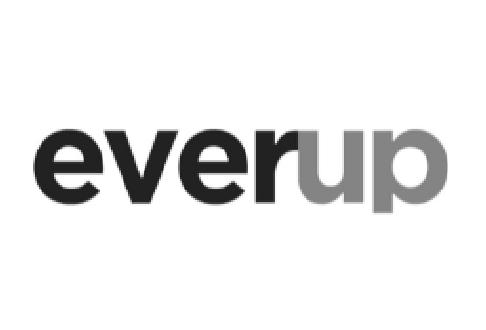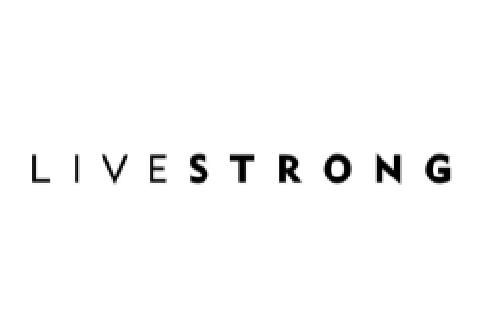“No wonder other people are confident. They are successful in many ways, while I’m not where I want to be in life! How can I feel confident?”
CONFIDENCE. This is one of the most popular themes a client would bring to a life coaching session.
There are two common misconceptions regarding self-confidence.
One is the myth that self-confidence is derived from our past successes and victories.
The second myth is that those victories must find universal acclaim.

Let us examine each of these two misconceptions.
First, there is this notion that past successes breed self-confidence. This is easy to disprove. Some people may experience many successes, but they still feel like they are “imposters” because they have not developed trust in themselves.
So it’s almost always the other way round. It is self-confidence that facilitates success. If that is the case, where does self-confidence come from?
Self-confidence operates at the level of Doing. It is therefore related to our action, to the impact we are having on the external environment. And three types of acts provide us with particular self-satisfaction.
Three Types of Acts that Provide Self-Satisfaction
For starters – taking responsibility for our own life. Rather than passively waiting for circumstances to change, wishing that things would have turned out differently in the past, or hoping that someone will offer us that perfect job, we take a step in the direction that we want to go.
Acknowledging that our outcomes are the result of our efforts is the first, critical step towards self-confidence.
And then comes the second, critical moment. The moment to act, to move from inaction to action. The forces of inertia and indecision hold us back. Many clients would describe this feeling as being ‘stuck’, or ’confused’ by too many options.
We may start by constraining the range of options, and then by taking the decision-making burden away, for example by setting a deadline. Setting it and obeying its power over us. If we keep endless options open and if the deadlines are slippery, this very first action will never happen.
Indeed, nothing is tougher than the move from immobility to motion, but that very act, when we do get going, is a massive confidence booster.
The third source of self-confidence comes from the consistency of pursuit. The pride that we derive from that first action will quickly pale if no subsequent actions follow. On the one hand, once we have overcome the initial inertia, the movement becomes easier.
However, there are plenty of external distractions, potential excuses, and days when we simply feel less motivated. By inserting an “if-then” algorithm into our action plan, we can overcome those lows and pre-program our response to inevitable bumps on the road. If we stick with our own plan, more confidence will follow.
Let’s look at some examples.
First, take responsibility for your own life. If you feel that you are stuck in your current position at work, don’t just sulk and hope that circumstances somehow solve it all.
Make a plan, review your abilities, go through your rolodex, verify job postings in your field, see if any skills need to be upgraded, and hire a coach to discuss the ideal orientation and an action plan.
Then, take the initial step. Zone in on five companies of your choice, but don’t get mired in passive actions. It’s good to do some research on what these employers do, how they do it, and who is who in the access points you are targeting. But until you actually reach out to them, your level of confidence will remain low.
Self-confidence grows only when you interact with other people, or when you live up to your own promises.
Endless research and replaying scenarios in your head do not fall into either category. Passive rumination is a massive confidence buster.
What about the consistency of pursuit?

Imagine that your New Year resolutions included a 30-minute early morning run. Except for next Tuesday, you have a dentist appointment at 8 am on the other end of town.
That could serve as a handy excuse to skip the routine, couldn’t it. And yet, deep down, in your inner monologue, your confidence shield would suffer a small chink.
Yes, an 8 am appointment makes compliance with your daily routine somewhat challenging, but going to bed a little earlier and still running a 15-minute dash at a faster clip would fulfill your commitment to yourself. You’ll feel fulfilled even before that dentist filling.
The second big myth is that self-confidence relies on external validation.
It’s as if we observed our ego through the gaze of others. Not the “real” gaze, about which we know next to nothing, but their imagined gaze. This is our personal construct – what we believe others think about us, about our successes, our failures, our supposed brilliance, and our shameful secrets.
Alas, most other people don’t spend much time thinking about us. Most of the time, they do exactly what we do – they think about themselves, in the first person singular, sometimes wondering what others think about them.
Interpreting the Phenomenon
This phenomenon of judging one’s own success (or lack thereof) through the lens of the other is particularly salient among young people – adolescents and twenty-somethings. While it loses some of that salience later in life, it never totally disappears.
Such egocentric thinking does a lot to sap our self-confidence, as we are unable to control what other people think about achievements.
In essence, we abdicate the responsibility for deciding which of our acts are to be considered valuable, worthwhile, or otherwise beneficial.
The fleeting aspect of others’ validation of our actions leads to dispersion. Not only do we spend too much energy obsessing about how we are perceived.
If we do not gain approving nods or if someone’s tone of voice keeps us up at night, we may end up feeling scattered. Our efforts will be channeled not in search of what truly matters, but to what we believe would gain us acclaim, ‘likes’, or a fleeting sense of elation.
Here’s a quick story:
Miranda was an HR professional working in a financial institution. She was troubled by the fact that she didn’t really understand the business and was afraid of being “found out” during meetings. This self-perception sapped her confidence.
Whenever a need arose to prepare quantitative analysis, she would panic and rely on her sister to help with the task. She decided to change the sector and found an HR position in the entertainment industry.
However, the lingering self-doubt remained. What if her new colleagues find out that she’s just not good at Excel sheets?
Some named this a feeling like “imposters.”
Instead of pursuing excellence in what they already do, many of them fall into a misguided conviction that they are “meant to do something else”. They become disengaged, in a futile hope that a new environment, or someone, somewhere will solve the self-confidence problem.
Rather than taking responsibility for their own life and acting upon it, they end up hiding, sometimes changing departments, job-hopping, or moving to a different city. The underlying problem of self-confidence remains unaddressed.
Self-confidence arises from the ability to accept oneself, including one’s thoughts and feelings, no matter what may come along the way.
Dedication to the task at hand is part of it.

It involves brushing up on skills (what you know matters) and meeting people (whom you know matters too). And approaching these tasks from the standpoint of trust. We are much more adaptable and have more tools to deal with circumstances than we think we do.
But intuition and inspiration are unlikely to arise magically from sitting idly and cogitating. Self-confidence is about Doing.
Self-confidence is self-generated, not reliant on external validation. When people feel self-confident, it inspires them to engage in consistent action and to generate positive outcomes.
External validation then comes automatically, as other people are naturally attracted to those who know what they want and pursue it consistently.
And Miranda? She conducted visualization and took a course to acquire new quant skills. Her anxiety level fell, and she is no longer doubting the legitimacy of her position.
Today, she is fully engaged in what she does and treats all feedback as a learning opportunity. She no longer tries to control external circumstances and trusts to always have sufficient resources to respond to whatever comes.
The New York Life Coaching Institute
Be like Miranda! We at New York Life Coaching Institute believe holistic life coaching leads the way. At NYLC, we are interested in the client as a whole person and approach their goals in an integrative manner.
Our balanced approach helps cultivate resilience to embrace all that life has to offer, and we explore the frontier between their comfort zone and their true potential.
Have you ever wondered how to become a life coach?
Watch our FREE TRAINING to learn how you can get paid while serving others and making a difference!




























